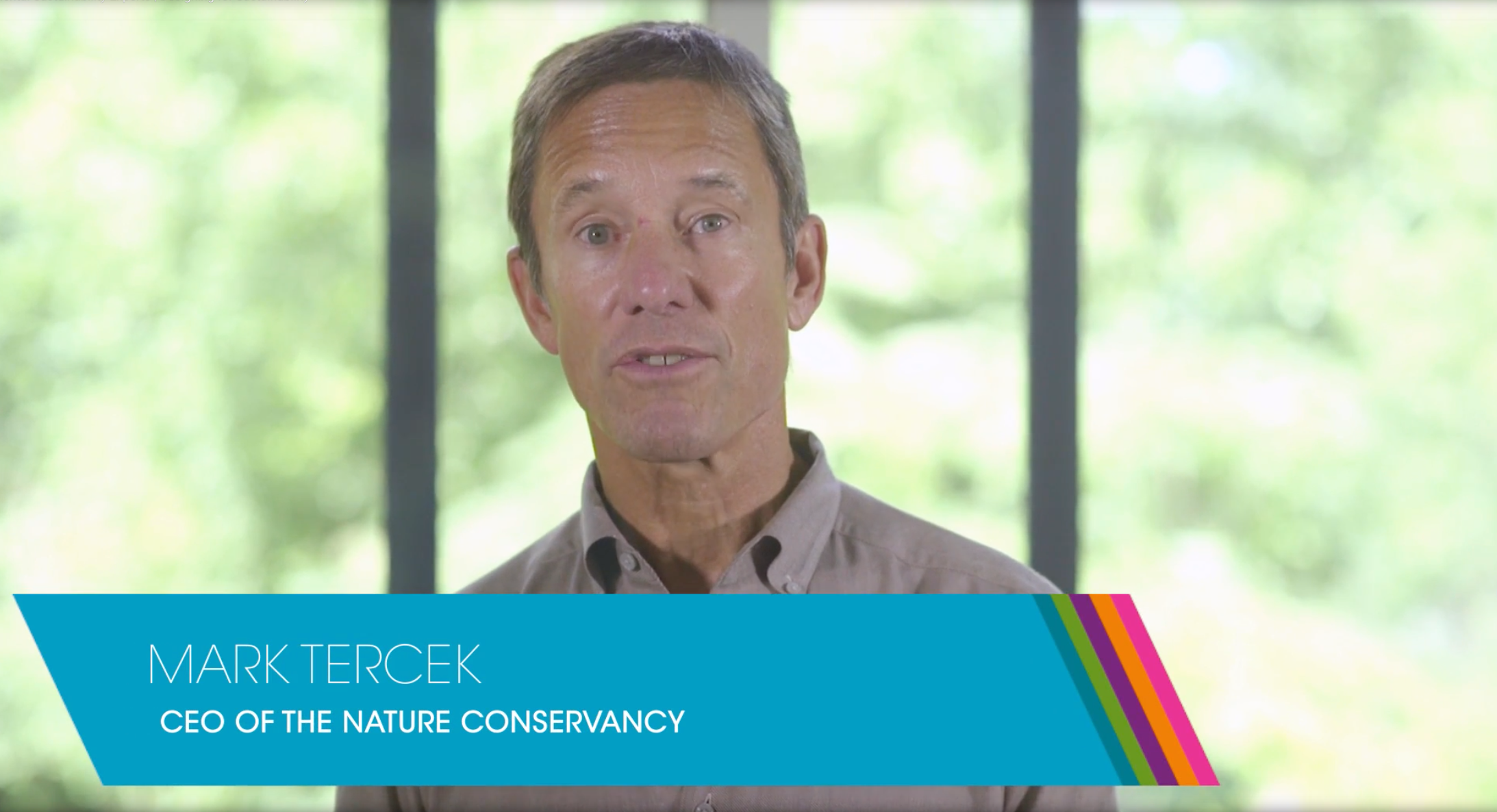
Innovate
Designing for Environmental Sustainability and Social Impact
Develop entrepreneurial solutions that promote environmental conservation and address problems of poverty
Designing for Environmental Sustainability and Social Impact
Learn How To
Tackle environmental challenges with concepts like systems thinking, circular design, behavior change, and natural capital
Create a culture of collaboration between social entrepreneurs and conservation organizations
Design products and services that contribute to a circular economy
Change behavior in order to conserve biodiversity
Make the case for investing in environmental conservation with lessons from the natural capital movement

Watch a Preview
Course Syllabus
Learning Tools
5 reading guides
5 workshop guides to structure your own project
12 videos featuring Mark Tercek of the Nature Conservancy, Michael Kobori of Levi Strauss and Co, Vien Truong of Green for All
Section 1: The Relationship Between Poverty and the Environment
Reading: Understanding the Challenges of Climate Change and Biodiversity Loss
Reading: The Relationship Between Poverty and the Environment
Reading: Collaborating to Tackle Environmental Challenges
Reading: What You Will Learn in This Course
Video: Meet the Experts
Video: How are Poverty and the Environment Connected
Workshop Activity: Choose a Conservation Challenge to Explore in the Course
Section 2: Systems Thinking
Reading: A Mindset for Solving Complex Problems
Reading: What is Systems Thinking?
Case Study: Transforming a Fishing Community In Mexico through Systems Thinking
Reading: Identify the Enablers and Inhibitors in Your System
Reading: Identify Upstream Causes and Downstream Effects
Reading: Build Feedback Loops
Example: Vicious and Virtuous Circles in Amazonian Ecuador
Reading: Find Leverage Points
Example: Finding a Leverage Point for Endangered Lions
Workshop Activity: Build a Feedback Loop and Find a Leverage Point
Section 3: Circular Economy
Reading: Limitations of the Linear Economy
Reading: What is the Circular Economy?
Reading: A Circular Flow of Resources
Example: Finding New Life for Temple Flowers
Reading: Circular Design Strategies in Social Enterprises
Example: Plastic Waste and Packaging for Recyclability
Example: Managing Electronic Waste in Developing Countries
Example: Circularity in Agriculture
Example: How Cotton Waste is Powering Rural Pakistan
Videos: Life Cycle Assessment at Levi Strauss & Co.
Workshop Activity: Find a Circular Design Opportunity
Section 4: Behavior Change for Environmental Conservation
Reading: Introduction to Behavioral Economics
Reading: The Challenge of Changing Behavior When Tackling Environmental Issues
Reading: Mapping the User Journey and Identifying Points of Friction
Reading: Strategies for Behavior Change
Example: When Incentives Don’t Go as Planned: Fishing in the Republic of Kiribati
Case Study: Facilitating Behavior Change in Complex Waste Management Systems in India
Example: Collecting Data and Building Pride in Mozambique’s Fisheries
Example: The Four As of Adoption: Changing Behavior in Agriculture
Videos: Changing Mindsets About Environmental Conservation
Workshop Activity: Apply a Behavior Change Strategy
Section 5: Natural Capital and Making the Business Case for Environmental Conservation
Reading: Understanding the Value of Nature
Example: The Natural Capital Project and Coastal Development in Belize
Reading: A Greener Economy For All
Reading: Making the Business Case for Environmental Conservation
Example: Accelerating and Investing in Restoration Enterprises
Video: Unexpected Partnerships: The Nature Conservancy, Greenpeace and McDonald's
Video: Making the Business Case at Levi Strauss & Co.
Workshop Activity: Build a Summary Deck
"This is one of the few courses that has a great holistic approach to solve environmental challenges.”
Ivan
Course Description
This project-based course will explore the connection between environmental conservation and poverty reduction. Learn how to develop entrepreneurial solutions for challenges where the environment and livelihoods are sometimes at odds -- like deforestation, overfishing, waste management, and agriculture.
Readings, case studies and expert insights from Mark Tercek, CEO of The Nature Conservancy; Vien Truong, CEO of Green for All; and Michael Kobori, Vice President of Sustainability for Levi Strauss & Co. will guide you as you generate solutions to an environmental challenge of your choosing.
Supported By

MAVA Foundation is a family-led, Swiss-based philanthropic foundation with an exclusive focus on the conservation of biodiversity. Since 1994, MAVA has played a transformational role in driving forward innovative conservation across the Mediterranean, West Africa, the Alps and beyond through its sustainable economy programme. Supporting passionate leaders and entrepreneurs working across sectors to address environmental and social challenges together is a key component of MAVA vision for sustainability.
